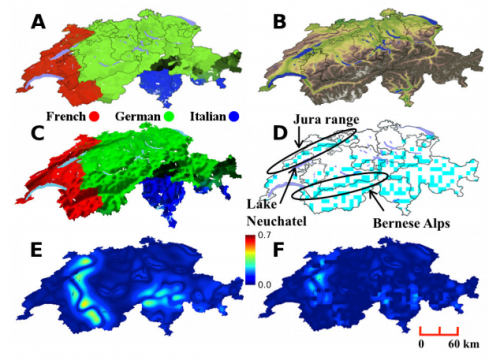Using science to avoid ethnic violence

What if we could use science to understand, accurately predict, and ultimately avoid, ethnic violence? A new study published in PLOS ONE does just that. The key to peace, the theory argues, is to either completely integrate or completely separate people based on cultural, linguistic, and ethnical differences.
Researchers at New England Complex Systems Institute (NECSI) analyzed two countries that both have boundaries separating cultural and linguistic groups, and found that the violence in both cases matched the theory's predictions, but in very different ways. Switzerland, a model of success when it comes to peace, contains boundaries within it that align with people ethnicities, and has almost no violence. In fact, the only area of violence occurs in Jura, precisely where NECSI's theory predicts that the boundaries between groups are insufficient. In Yugoslavia on the other hand, the boundaries do not actually align with people's differences and, as predicted, there is violence at the points of friction. This shows that there are right ways and there are wrong ways to set up boundaries to achieve peace within a country. Knowing that can help us make informed decisions and design for peace.
"We've seen that the ways borders and boundaries between groups are arranged really can prevent violence. When I think of the suffering and the lives lost, and I see those results, the findings just can't be ignored," said Andreas Gros, one of the authors.
"Conflicts rooted in ethnic strife are tearing countries apart today," said Bar-Yam. "Scientists who focus on predictive models cannot help but raise the question: 'What, if any, conditions are identifiable for peaceful coexistence among multiple groups with linguistic and religious differences?'"
The paper shows that Switzerland can be used as a model for many places in the world that are diverse and struggle with maintaining peace. This study shows that it is not necessary to create separate countries; groups with boundaries that delineate local autonomy will live peacefully together. The theory and the data also show that people who are in fully integrated societies will also successfully live in peace.
More information: The paper is available online: necsi.edu/research/social/peace_PLoS_f.pdf
Journal information: PLoS ONE
Provided by New England Complex Systems Institute



















